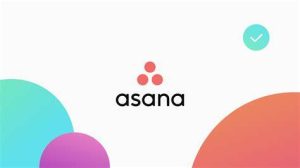Running a successful business requires meticulous financial management, from invoicing and expense tracking to comprehensive reporting and tax compliance. Sage Accounting Software has emerged as a leading solution for businesses of all sizes, providing a suite of powerful tools to streamline accounting operations and drive financial growth.
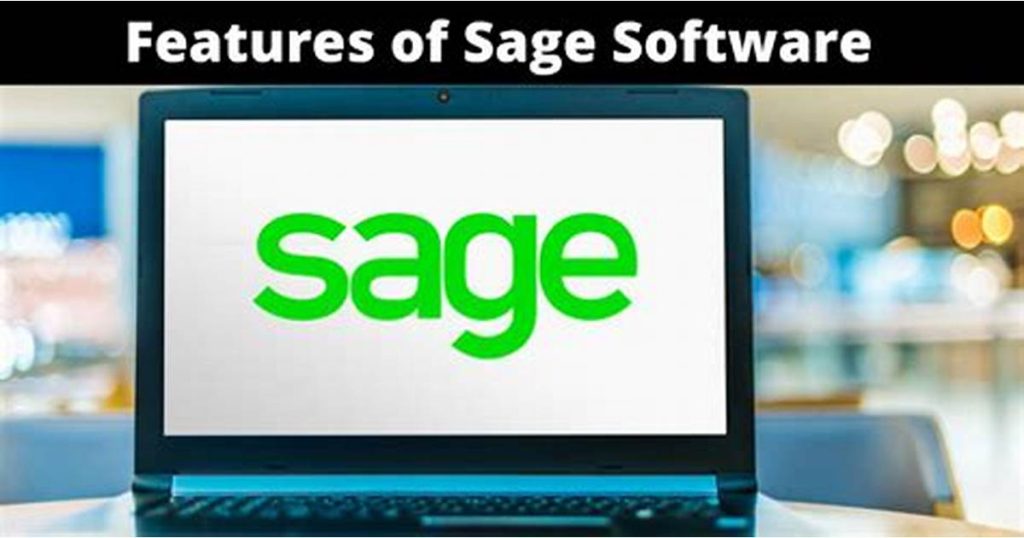
Table of Contents
The Importance of Accounting Software for Businesses
In today’s fast-paced business landscape, relying on manual accounting processes is no longer a sustainable option. Accounting software like Sage offers a range of benefits that can help organizations of all sizes thrive:
- Improved Efficiency: Automated invoicing, expense management, and financial reporting save time and reduce the risk of human errors.
- Enhanced Accuracy: Accounting software ensures accurate and up-to-date financial records, providing a reliable foundation for decision-making.
- Better Insights: Comprehensive financial reporting and analytics capabilities empower businesses to make informed, data-driven decisions.
- Streamlined Compliance: Sage Accounting Software helps businesses stay compliant with ever-changing tax regulations and financial reporting standards.
- Increased Productivity: By automating routine accounting tasks, Sage frees up valuable time and resources that can be redirected towards core business activities.
Understanding the Different Types of Sage Accounting Software
Sage offers a diverse portfolio of accounting solutions, each tailored to meet the unique needs of businesses at different stages of growth and across various industries. From small startups to large enterprises, there’s a Sage product that can provide the financial management capabilities required for success.
Target Audience for Sage Accounting Software
Sage Accounting Software caters to a wide range of businesses, including:
- Small Businesses: Seeking affordable, user-friendly solutions to manage their finances effectively.
- Mid-Sized Businesses: Requiring more advanced features and scalability to support their growing operations.
- Large Enterprises: Needing robust, enterprise-level accounting tools to handle complex financial management needs.
- Global Businesses: Seeking solutions that can accommodate multi-currency, multi-country, and multi-entity requirements.
By understanding the target audience for each Sage product, businesses can make informed decisions and select the software that best fits their specific needs.
Sage 50cloud
Key Features and Benefits
Sage 50cloud is a comprehensive accounting solution designed for small businesses. Its key features include:
- Automated invoicing and expense management
- Integrated payroll and HR capabilities
- Advanced reporting and analytics
- Multi-user access and collaboration tools
- Cloud-based functionality for remote access
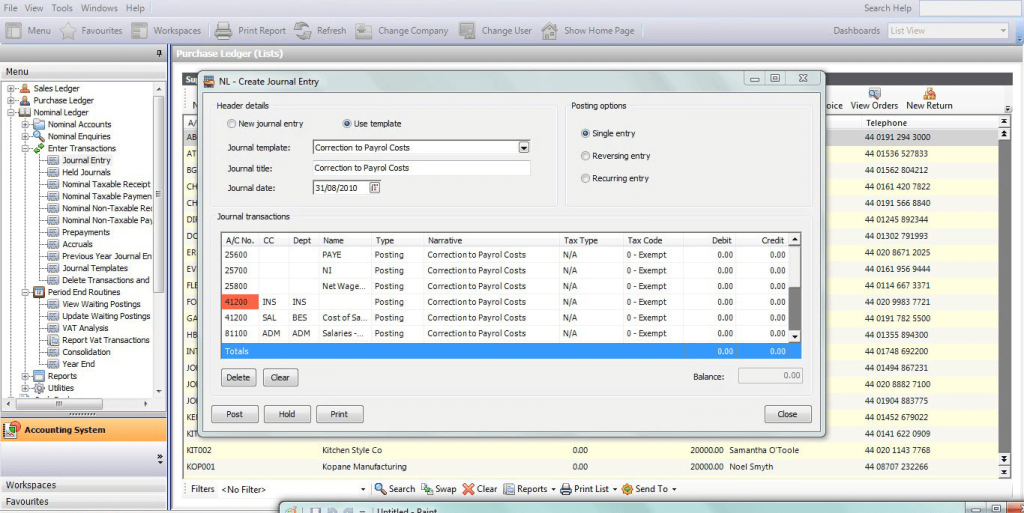
Best Suited for Small Businesses
Sage 50cloud is an ideal choice for small businesses that require a user-friendly, yet powerful accounting solution to manage their finances. Its intuitive interface and robust features make it accessible for non-accountants, while still providing the depth of functionality needed to support growing operations.
Pricing and Plans
Sage 50cloud offers flexible pricing plans to accommodate businesses of different sizes and budgets. The software is available as a one-time purchase or a monthly subscription, with options for additional users and advanced features.
Sage Intacct
Key Features and Benefits
Sage Intacct is a cloud-based, best-in-class accounting and financial management solution. Its key features include:
- Advanced financial reporting and dashboards
- Automated workflows and approval processes
- Powerful multi-entity and multi-currency capabilities
- Seamless integration with CRM, payroll, and other business systems
- Scalability to support the growth of mid-sized businesses
Best Suited for Mid-Sized Businesses
Sage Intacct is tailored for the needs of mid-sized businesses that require more sophisticated accounting and financial management capabilities. Its cloud-based architecture and robust integration features make it an attractive choice for organizations looking to streamline their operations and gain deeper financial insights.
Pricing and Plans
Sage Intacct offers flexible pricing models based on the number of users, entities, and specific feature requirements. The software is available through a subscription-based model, allowing businesses to scale their usage as their needs evolve.
Sage Business Cloud Accounting
Key Features and Benefits
Sage Business Cloud Accounting is a cloud-based accounting solution designed to support the financial management needs of growing businesses. Its key features include:
- Intuitive user interface for easy navigation
- Automated invoicing, expense tracking, and bank reconciliation
- Real-time financial reporting and dashboards
- Inventory management and job costing capabilities
- Seamless integration with other Sage products and third-party applications
Best Suited for Growing Businesses
Sage Business Cloud Accounting is an excellent choice for growing businesses that require a scalable, cloud-based accounting solution to manage their finances. Its user-friendly interface and powerful features make it accessible for non-accountants, while its integration capabilities and customization options ensure it can evolve alongside the business.
Pricing and Plans
Sage Business Cloud Accounting offers a range of subscription-based pricing plans, allowing businesses to select the plan that best fits their size and needs. The software is available through monthly or annual billing options, with the flexibility to add more users or upgrade features as the business grows.
Sage 300
Key Features and Benefits
Sage 300 is a comprehensive enterprise resource planning (ERP) solution designed for large businesses. Its key features include:
- Advanced financial management and reporting
- Integrated inventory and supply chain management
- Powerful project accounting and job costing capabilities
- Multi-company, multi-currency, and multi-language support
- Seamless integration with other Sage and third-party applications
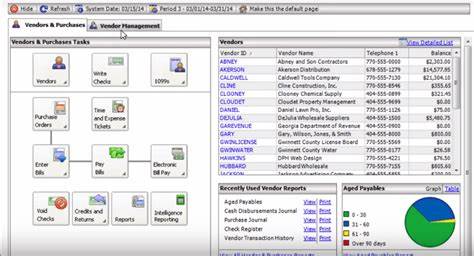
Best Suited for Large Enterprises
Sage 300 is the ideal choice for large enterprises that require a robust, scalable ERP solution to manage their complex financial operations. Its enterprise-level features and customization options make it a versatile solution for businesses across various industries.
Pricing and Plans
Sage 300 pricing is based on the number of users, modules, and additional features required. The software is available through a perpetual license model or a subscription-based plan, allowing businesses to choose the option that best fits their budget and long-term needs.
Sage 100
Key Features and Benefits
Sage 100 is a powerful mid-market ERP solution that combines comprehensive accounting capabilities with advanced business management tools. Its key features include:
- Automated financial processes and reporting
- Integrated inventory management and order processing
- Project accounting and job costing functionalities
- Customizable dashboards and business intelligence
- Seamless integration with other Sage and third-party applications
Best Suited for Mid-Sized Enterprises
Sage 100 is an excellent choice for mid-sized enterprises that require a robust, scalable ERP solution to support their growing operations. Its user-friendly interface and comprehensive features make it a versatile solution for businesses across a wide range of industries.
Pricing and Plans
Sage 100 pricing is based on the number of users, modules, and additional features required. The software is available through a perpetual license model or a subscription-based plan, allowing businesses to choose the option that best fits their budget and long-term needs.
Sage X3
Key Features and Benefits
Sage X3 is a powerful, enterprise-level ERP solution designed for global businesses. Its key features include:
- Multi-country, multi-currency, and multi-language support
- Advanced supply chain and production management capabilities
- Comprehensive financial management and reporting
- Customizable workflows and business intelligence
- Seamless integration with other Sage and third-party applications
Best Suited for Global Businesses
Sage X3 is an ideal choice for large, global enterprises that require a scalable, enterprise-level ERP solution to manage their complex financial and operational needs across multiple countries and regions.
Pricing and Plans
Sage X3 pricing is based on a variety of factors, including the number of users, modules, and advanced features required. The software is available through a perpetual license model or a subscription-based plan, allowing businesses to choose the option that best fits their budget and long-term needs.
Choosing the Right Sage Software
Selecting the appropriate Sage Accounting Software for your business requires a careful assessment of your specific needs and requirements. Consider the following factors when making your decision:
Assessing Your Business Needs
Evaluate the size of your business, the complexity of your financial operations, and your long-term growth plans. This will help you determine the level of functionality and scalability required from your accounting software.
Considering Industry-Specific Requirements
Certain industries may have unique accounting and financial management needs. Ensure the Sage solution you choose is equipped to handle the specific requirements of your industry.
Evaluating Features and Functionality
Review the key features and capabilities of each Sage product to ensure it aligns with your business goals and operational needs. Prioritize the most important features and look for solutions that offer the best value for your investment.
User Experience and Interface
The user-friendliness and intuitiveness of an accounting software’s interface can have a significant impact on its adoption and effectiveness within your organization. Consider the following factors:
Ease of Use for Non-Accountants
If your team includes non-accountants, look for Sage solutions with a user-friendly interface and intuitive navigation that can be easily learned and adopted.
Mobile Accessibility
In today’s mobile-centric business landscape, the ability to access your accounting data and perform tasks on-the-go can be a valuable asset. Evaluate the mobile capabilities of the Sage software you’re considering.
Customization Options
Seek out Sage solutions that offer the flexibility to customize the interface, workflows, and reporting to match your specific business needs and preferences.
Integration with Other Tools
Seamless integration with other business systems, such as customer relationship management (CRM), payroll, and e-commerce platforms, can help streamline your overall business processes. When evaluating Sage software, consider the following:
Connecting with CRM, Payroll, and E-commerce Systems
Assess the integration capabilities of the Sage solution and ensure it can connect with the other software tools your business relies on.
Streamlining Your Business Processes
Evaluate how the Sage software can help integrate your accounting operations with other critical business functions, leading to improved efficiency and productivity.
Customer Support and Resources
Reliable customer support and a robust library of resources can be invaluable when implementing and using Sage Accounting Software. Look for the following:
Responsive Support Teams
Ensure the Sage provider offers accessible and responsive customer support to address any questions or issues that may arise.
Extensive Documentation and Tutorials
Comprehensive documentation, user guides, and tutorial resources can help your team quickly get up to speed and make the most of the Sage software.
Community Forums and Resources
Engaging with a vibrant community of Sage users can provide valuable insights, best practices, and peer-to-peer support.
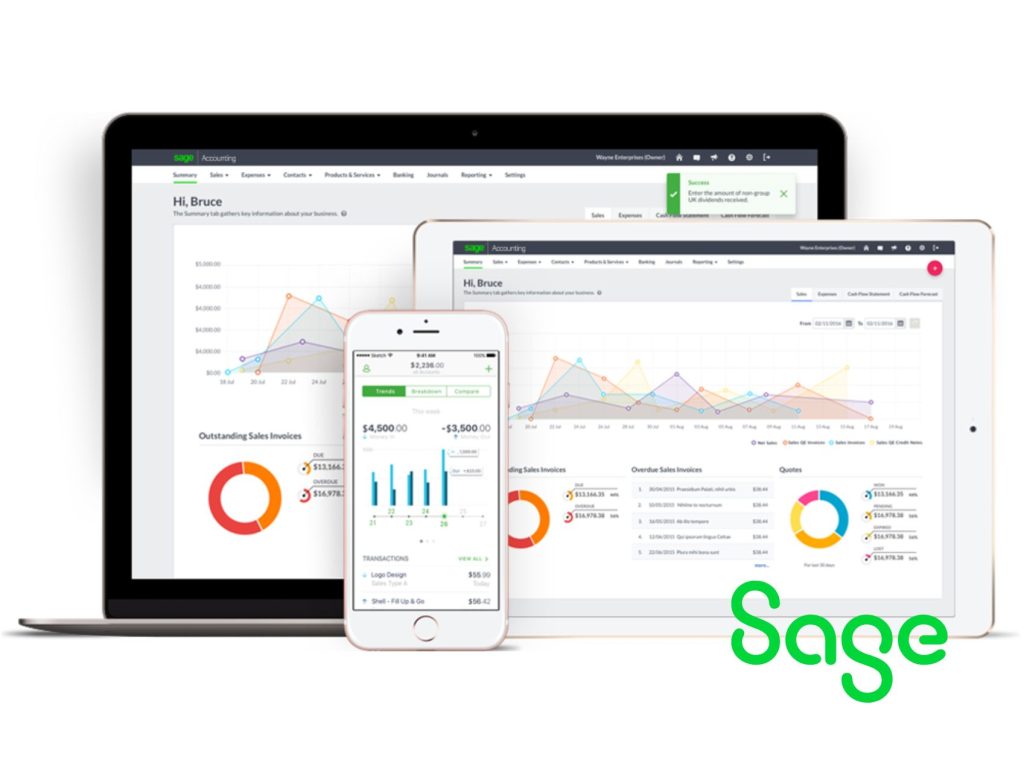
Case Studies and Testimonials
Reviewing real-world case studies and customer testimonials can provide valuable insights into the successful implementation and use of Sage Accounting Software. These can help you:
Real-World Examples of Successful Use Cases
Understand how businesses in your industry or with similar needs have leveraged Sage solutions to achieve their financial management goals.
Customer Feedback and Reviews
Gain a deeper understanding of the user experience, benefits, and potential challenges associated with the Sage software you’re considering.
Comparison of Key Features
When evaluating the different Sage Accounting Software options, it’s important to compare the key features and capabilities to ensure you select the solution that best meets your business needs. Some of the critical features to consider include:
Invoicing and Expense Tracking
Assess the invoicing, billing, and expense management capabilities of each Sage solution to ensure they align with your operational requirements.
Financial Reporting
Evaluate the depth and flexibility of the financial reporting features, including the ability to generate customized reports and analyze key performance indicators.
Inventory Management
If your business involves physical inventory, consider the inventory tracking, forecasting, and optimization features offered by the Sage software.
Tax Compliance
Ensure the Sage solution you choose can effectively handle tax calculations, filing, and compliance requirements for your business.
Conclusion
Sage Accounting Software offers a diverse range of solutions to cater to the financial management needs of businesses of all sizes and across various industries. From the user-friendly Sage 50cloud for small businesses to the enterprise-level Sage X3 for global organizations, there’s a Sage product that can help streamline your accounting operations and drive your business forward.
When selecting the right Sage software for your needs, consider factors such as your business size, industry-specific requirements, user experience, integration capabilities, and customer support. By carefully evaluating the features and benefits of each Sage solution, you can make an informed decision and choose the software that will best support your financial management and growth objectives.
To learn more about the Sage Accounting Software options and how they can benefit your business, I encourage you to visit the Sage website or speak with a Sage sales representative.




